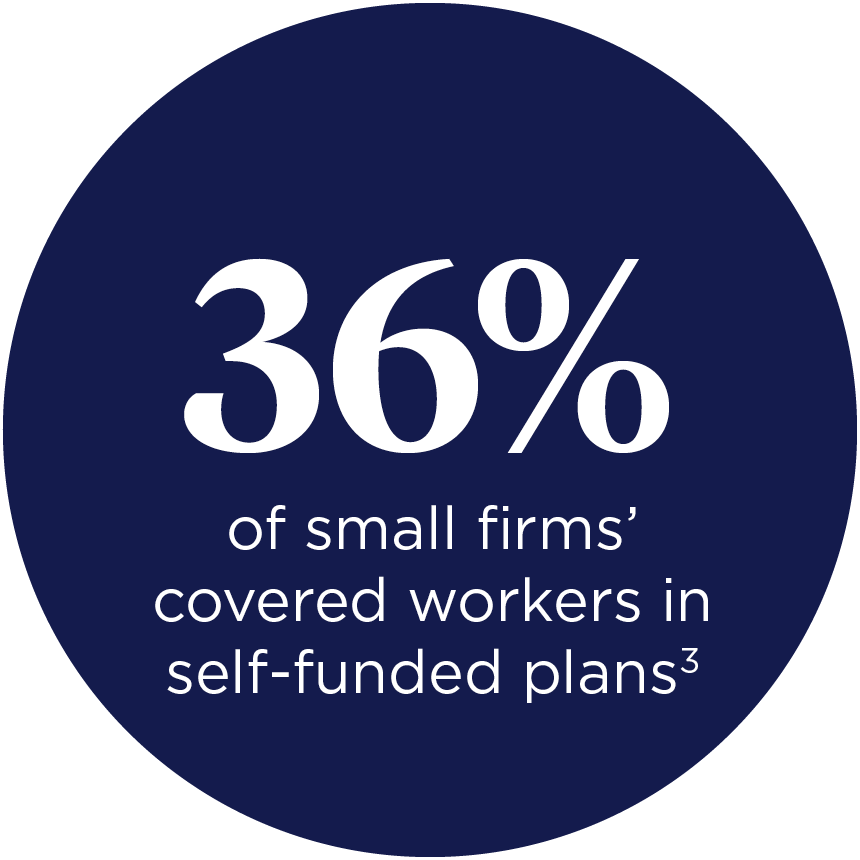MEDICAL STOP LOSS
How medical stop loss helps
business owners sleep at night
Medical stop loss
Email stoploss@nationwide.com to get started.
Email stoploss@nationwide.com to get started.

